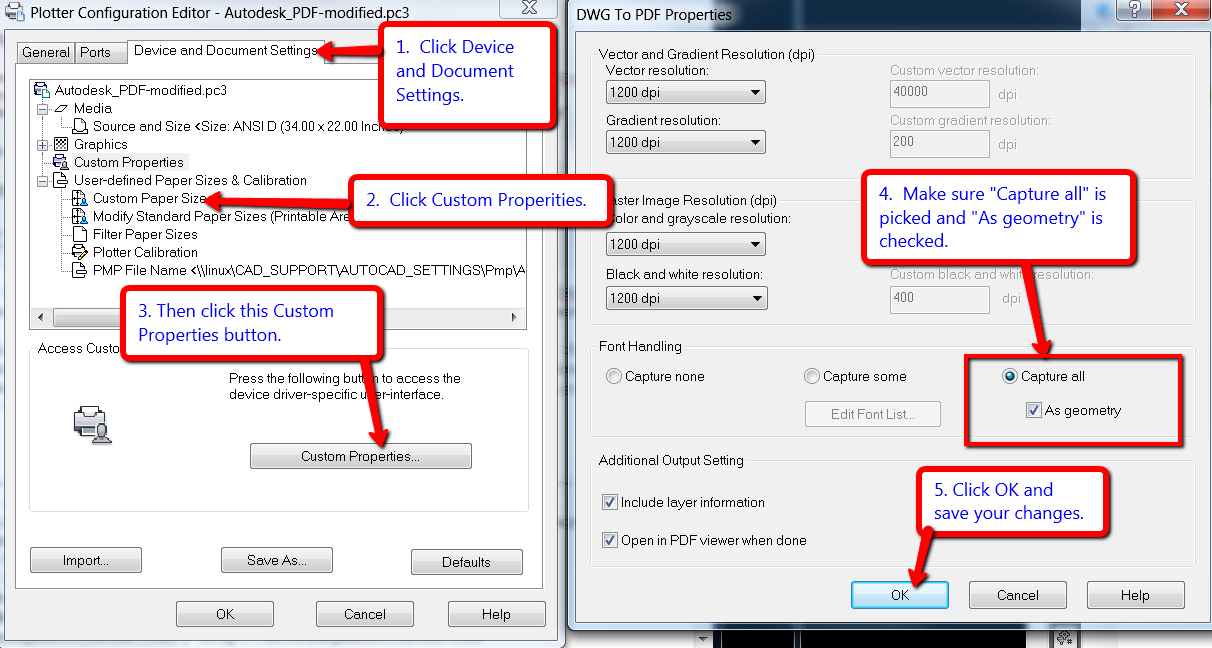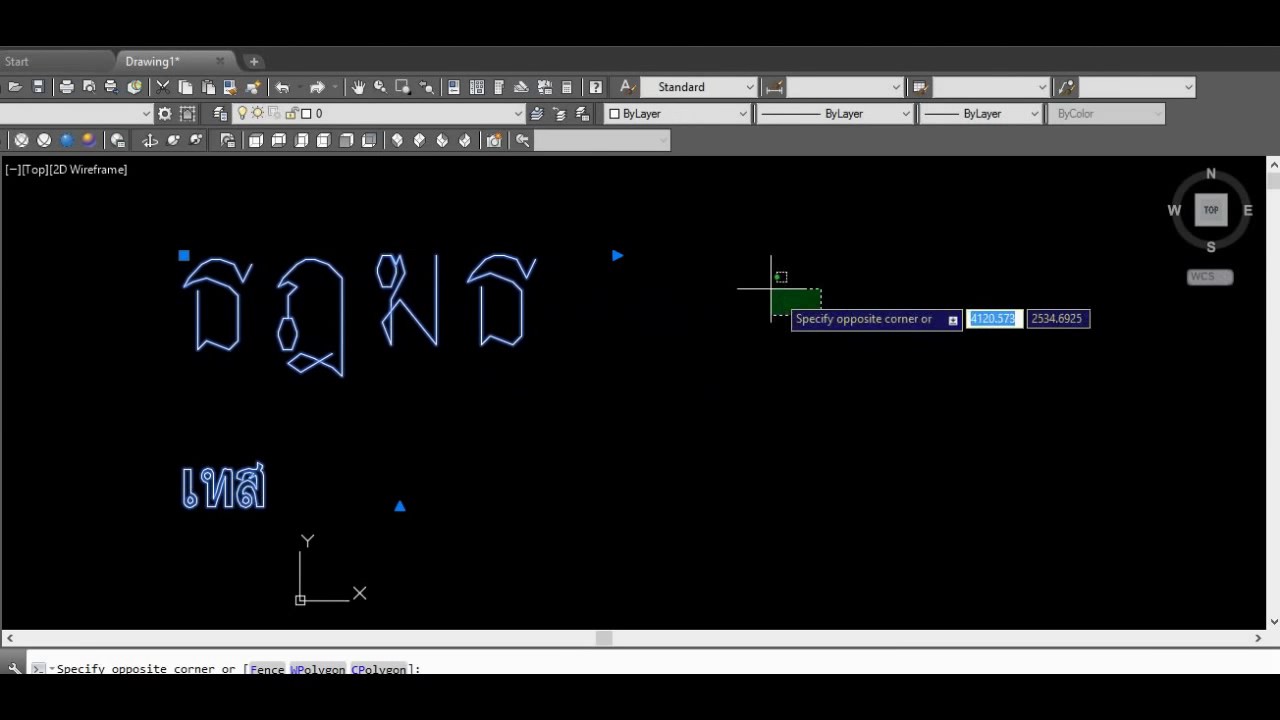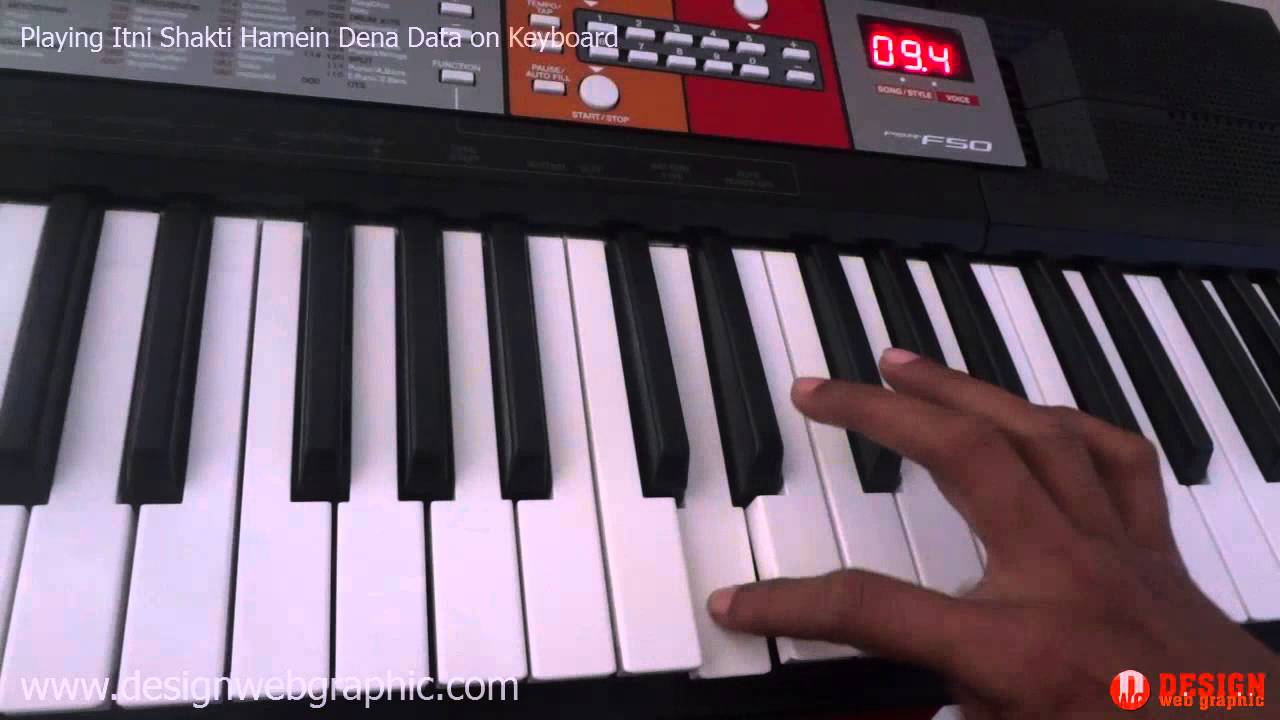


Font thai.shx autocad software#
The real problem with fonts in CAD and BIM software is scaling. What most CAD systems do is fake fractions by drawing them using individual characters - but that can look weird too. Unicode specifies fractions up to 1/8 and related fractions, but not 1/16. This is the case with the 1/16 and finer fractions. There’s a major problem when the character you need has no Unicode specification and so is not found in any major font.
Font thai.shx autocad iso#
AutoCAD does this with ISO fonts, but this can look terribly strange. Next, fall back to characters in a different font known to have the characters needed. Often, this has to be done for several characters and rolling back to several other lookalikes. Many fonts had diameter, but not the null character in this case, AutoCAD punts on one character location and uses another. For years AutoCAD had the error of using the “null character” location for the diameter symbol. When they don’t, the CAD application handles things in a couple of ways:įirst, fall back on characters that look similar. Most of the “big name” fonts should have most of them. What happens when the font I need to use doesn’t have the character I want? This is where it gets hard for users and for CAD/BIM applications.

The current version of Unicode covers most of the characters needed for architectural projects, but not all of them. If you ever have the chance to go through the Unicode standard, you’ll see enormous character sets for language systems, such as Japanese Kanji, and even more for “artist” systems like Klingon. Applications are submitted each year and then they are voted on. Having been a member of the Unicode Consortium in the past, I’m familiar with the process of adding characters to the standard. The Unicode version of the “universal” Arial font, for instance, has only the original 62,000.

But this doesn’t mean that all fonts have all characters. Unicode originally had about 62,000 characters the latest version has specifications for over 143,000. How Many Characters? Where’s the One I Want? Using this system, a font developer can create a font with special characters in these defined locations applications that want to display those characters know which codes to use when calling a font. The committee determines character locations for foreign, technical, and graphic characters. The advent of modern font formats, such as Postscript and Truetype, permitted large sets of international standards and so Unicode was developed by an international committee. (Don’t get me started on using “O-slash” for diameter!)
Font thai.shx autocad code#
Later, when the ANSI code was developed for handling 255 characters, it added mostly foreign characters and still there was no location for diameter. What Autodesk did was add these characters to specific locations in their font definitions. In CAD, the immediate need was for special characters, such as degree, plus/minus, and diameter. This was carried over from teletype machines: when a letter was pressed on one machine, the same letter would be printed out at the receiving end.īut ASCII had specifications for only 128 characters, of which the first 30 were for controlling the teletype machine. When the first CAD systems came out, there was only the ASCII standard for character codes. VersaCAD was an early exception, as it had a system by which the user could select the output scale and it would display the desired pen weights on the screen. But it was still a while before you could see the effect of adding a pen weight to a font on the screen. As font technology developed, the need for WYSIWYG - What You See is What You Get - displaying of fonts became standard.


 0 kommentar(er)
0 kommentar(er)
